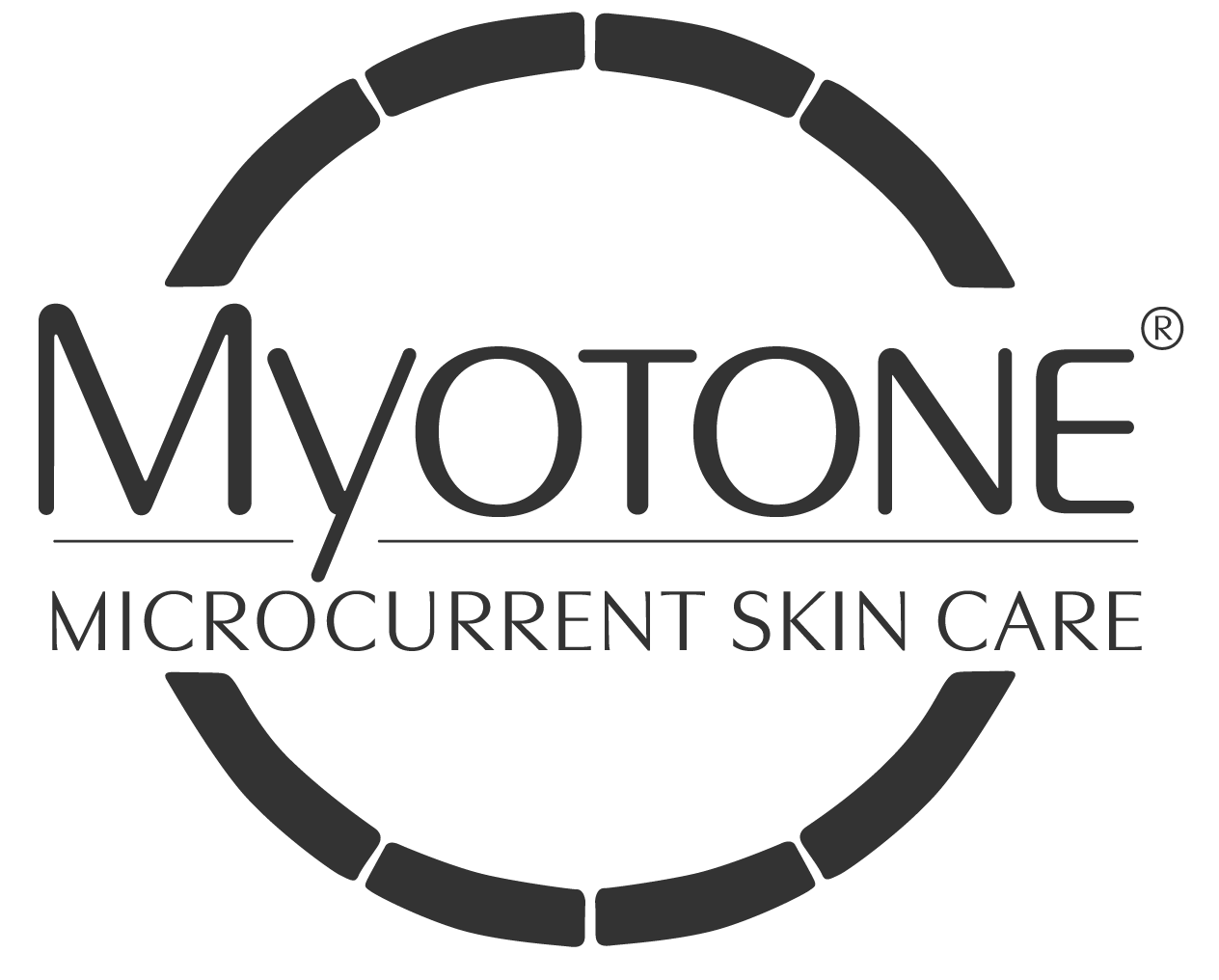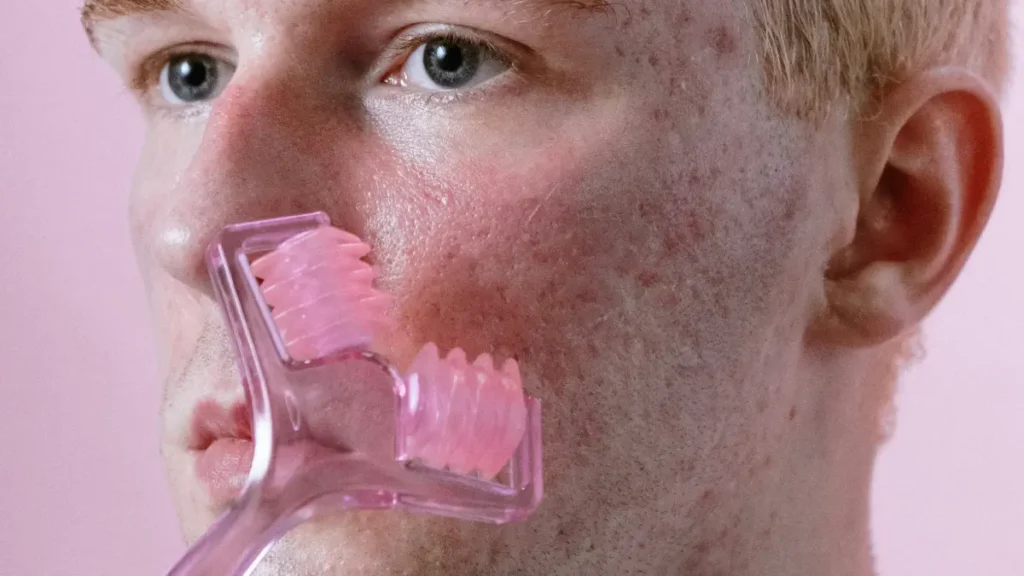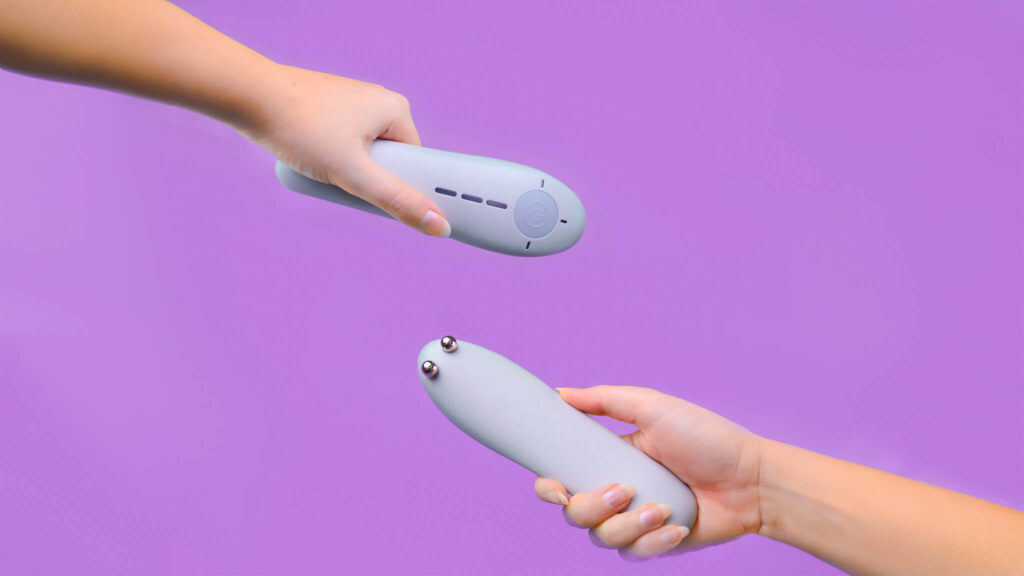Microcurrent facials have become a popular at-home treatment, and while conductive gels are recommended, many people want to use their favorite serums underneath for added skincare benefits. However, some ingredients can interfere with conductivity or even irritate the skin when exposed to electrical currents.
Here’s what to avoid when using serums with a microcurrent device:
1. Oil-Based Serums
Oils and water don’t mix, and the same goes for microcurrent and oil-based serums. Since microcurrent devices rely on water-based conductivity, oil-based serums create a barrier that prevents the electrical currents from penetrating the skin. This can make your treatment ineffective.
2. Exfoliating Acids (AHAs & BHAs)
Alpha hydroxy acids (AHAs) and beta hydroxy acids (BHAs) are excellent for sloughing off dead skin and improving texture, but they can make your skin more sensitive when used with microcurrent. The combination may cause irritation, redness, or even compromise your skin barrier over time.
3. Retinol & Retinoids
Retinol is a powerhouse for anti-aging, but it can be too harsh when combined with microcurrent. The skin can become more sensitive, leading to irritation or excessive dryness. Some users also report increased redness or tingling when using retinoids and microcurrent in the same session.
4. Vitamin C (Certain Forms)
Not all vitamin C serums are off-limits, but those with L-ascorbic acid (the purest and most potent form) can be problematic. It’s an unstable ingredient that oxidizes easily, and microcurrent may accelerate this process, making the serum less effective. Additionally, some people experience a mild stinging sensation when using L-ascorbic acid with microcurrent.
Safe alternative: Look for stabilized vitamin C derivatives like sodium ascorbyl phosphate or magnesium ascorbyl phosphate, which are gentler and less likely to oxidize.
5. Benzoyl Peroxide & Strong Acne Treatments
Benzoyl peroxide (BPO) is a powerful acne-fighting ingredient, but it’s also highly reactive. Using it with microcurrent can cause excessive dryness and irritation. Other strong acne treatments, like prescription-strength adapalene or clindamycin, should also be avoided during microcurrent sessions.
What Should You Use Instead?
For the best results, pair your microcurrent device with a water-based conductive serum that enhances hydration and conductivity. For the strongest results, use the conductive gel designed specifically fro your device. For example, Myotone is most effective when used with Optimizing Serum designed specifically for it’s microcurrent frequencies. This ensures proper conductivity while nourishing the skin.
Final Thoughts
Microcurrent facials can be a game-changer for lifting and toning your skin, but using the wrong serums can interfere with results or cause irritation. Avoid oil-based products, exfoliating acids, strong actives like retinol, and unstable vitamin C serums during your treatments. Instead, opt for hydrating, water-based serums that enhance conductivity and skin health.

This article is brought to you by

Learn More ⭢



